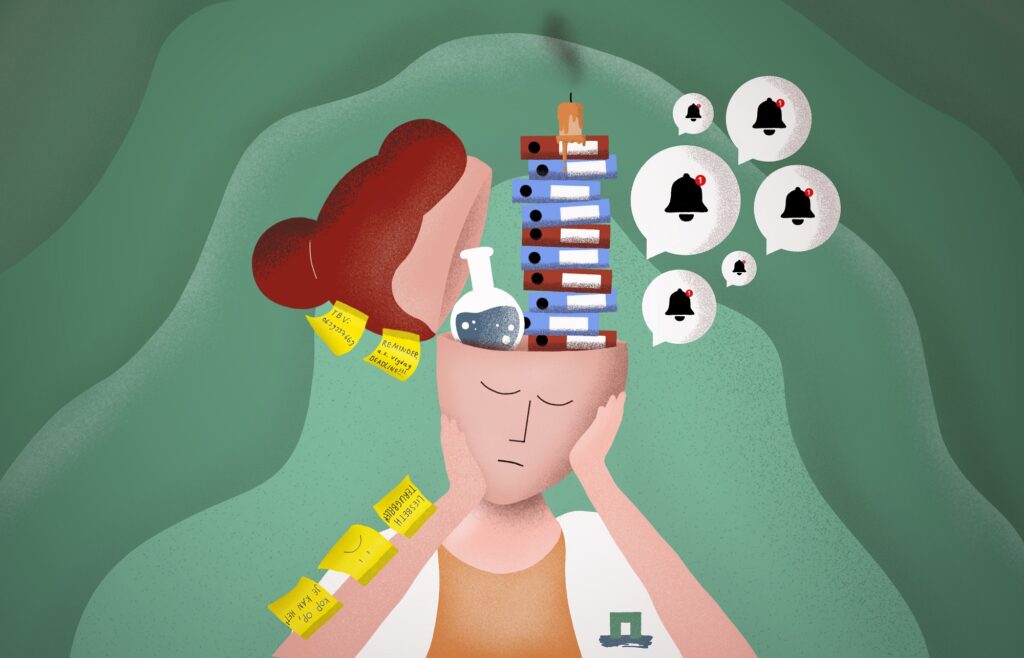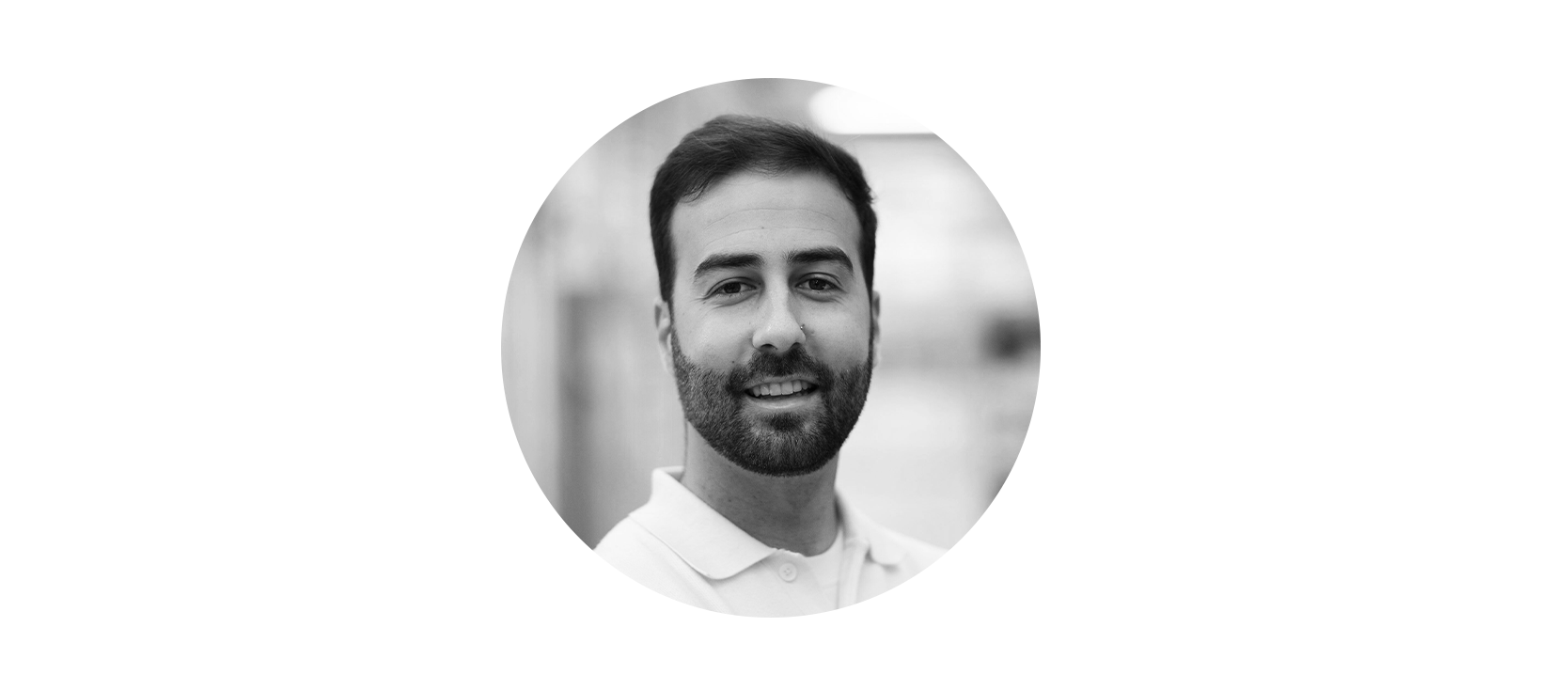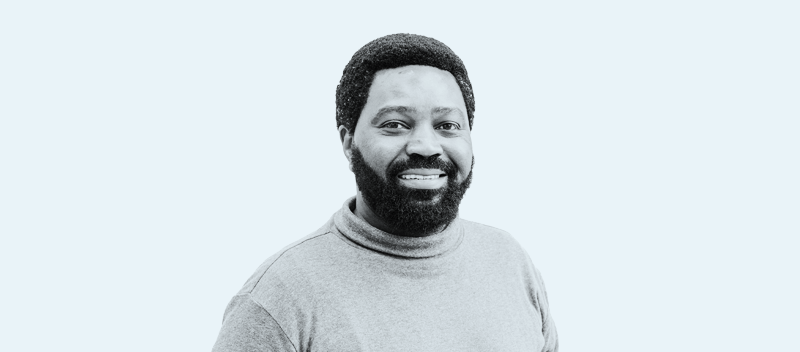Work pressure and the stress it causes are the biggest threat to the health of employees and students. You only have to look at WUR’s two-yearly staff survey to see that. A lot of people can cope with the pressure but a growing number reach breaking point eventually, and for them the pressure leads to what is known as a burnout.
‘Burnout is a work-related illness,’ explains Roald Pijpker. ‘It happens to a lot of healthy people who work hard and ignore their own limits. Somewhere along the line, things go wrong. The development of a burnout is a process in which people slowly but surely exhaust themselves and lose control. Then you can no longer work due to physical and mental exhaustion. You function less well, perform less well and are more sickness-prone.’
Nationally, one in seven employees experience burnout symptoms, says Pijpker (in the Health and Society chair group). According to the Netherlands Organization for Applied Scientific Research (TNO), this costs 3.1 billion euros a year in sick leave. In recent years, burnout has been affecting a lot of people in the 18-35 age group. ‘Even at WUR, it’s a deep-rooted problem. I see that in my own working environment and among students. Four out of 10 PhD students suffer from severe burnout symptoms, according to research by PhD Network Netherlands (PNN).’
Healthy
And yet a burnout is a healthy reaction in itself, states Pijpker. ‘A burnout is a healthy response to a very unhealthy situation. A burnout is often framed as an individual problem, that people are weak, for instance. But that’s not the whole story. The causes often lie in the system and the work culture: too much work pressure, a lack of social support and autonomy, etcetera. You see it a lot in the academic world, in education and in the healthcare sector.’
A burnout is a healthy response to a very unhealthy situation
Pijpker is doing research on the question of how people recover from a burnout. The short answer is: we don’t know. ‘That’s the burnout paradox in science,’ says Pijpker. ‘Thousands of articles have been written about the causes and effects of a burnout, but treatment interventions of proven effectiveness are rare.’
Pijpker studied recovery from burnout using the salutogenic approach, which focuses on health and the factors that contribute to it. ‘The classic pathogenic approach focuses on the factors that cause the disease and looks at how it affects people individually,’ he explains. ‘The salutogenic approach, by contrast, looks at what people can do well, their capacities and the resources around them that make it possible for them to participate in a meaningful and sustainable fashion.’
A broken leg heals again, but that is not true of all illnesses. Pijpker: ‘But you can learn to live with them by focusing on the individual’s strengths rather than on their symptoms. That is what salutogenesis does. It concentrates on people’s resilience in the face of everyday challenges and important life events. In this case, a burnout. Salutogenesis does not replace the medical system but complements it.’
Nature as a therapy space
On the basis of extensive in-depth interviews, Pijpker has distinguished four phases in recovery from burnout. Recovery starts with taking a rest and accepting the situation as it is. Then comes understanding how it could have come to this. Pijpker: ‘This is where therapists often come into it. A psychotherapist, or perhaps a haptotherapist. People with a burnout are often incapable of identifying and understanding their feelings. What do you feel when you are doing the things you do, and what does that mean to you? That is an essential factor in the process of recovery.’
Next comes the acknowledgement of your new physical and mental capacities. ‘Realizing that you are not the same person you were. Being content with your new self. In practice, that often leads to adjustments to your work, a different role or even a new job. Your style of working needs to change and you need to be aware of possible pitfalls and how you can deal with them. You need to think about what you still want to do or can do, and what not. You need to regain and keep control over your life.’
Thousands of articles have been written about the causes and effects of a burnout, but proven interventions are rare
At the heart of Pijpker’s study is the influence of nature on the process of recovery, and he is researching the effectiveness of the work of ‘outdoor psychotherapists’. Pijpker: ‘These are psychotherapists working in the health service who make use of nature as a therapy space. So they literally go outdoors with their client. You can do this passively, by doing the same thing as you do indoors, just in a different setting. Or actively, by using nature as a fellow therapist. For example: some people have been through very stressful things and by burying an object associated with such events, you can metaphorically put it behind you. Or you can use nature as a mirror. The spring, for example, as a metaphor for the idea that change can be beautiful too.’
Outdoor psychology is still a new concept in mental healthcare. There are about 50 outdoor therapists working in the Netherlands. Pijpker is going to follow 15 of them, with a total of 30 clients with burnout. ‘With my research I want to show that this can be a supplementary and enriching addition to the traditional approach. Not that outdoors is better than indoors, but it can add something to the process of recovering from a burnout. The evaluation I’m carrying out will hopefully help us learn when outdoor therapy works, who for, and why. But treatment for a burnout always has to be tailored to the individual. Outdoor therapy doesn’t work for everyone, otherwise foresters would never have a burnout.’
‘I avoid talking about it’
(The story of a WUR colleague with first-hand experience, who prefers to remain anonymous)
‘How did it come to this? The short version is: too many things happened at once at work and in my private life. I was working part-time and studying on the side. Then I started working fulltime to stand in for a colleague. That came on top of the increasingly intensive care of my mother, who had dementia. The sum total got too much for me. I was tired, but I just soldiered on. I’m not good at saying no.
‘Six months after my mother died, I collapsed. And properly too. I was restless, stressed, and I slept badly. I berated myself because I didn’t achieve anything. I thought I was lazy. I had no idea what was actually going on. That went on for a year. Only then did it start to dawn on me that I had a burnout. You read around a bit, you google a bit. In the end, the GP confirmed it.
‘Only a few people know I’m in a burnout. I don’t publicize the fact. I avoid talking about it. That’s just the way I am. Maybe part of me still feels it’s a sign of weakness on my part to have a burnout. Acceptance has been a slow and difficult process, and it has taken me two years. Most people come out of a burnout again, but not me. I’ve never had to report sick as I went back to working half-days. But after four hours, I have run out of steam. I get the full support of my managers; I do want to make that clear. They are very understanding about my situation and my work has been adapted so that I only do jobs I enjoy and that I don’t have to do under time pressure. As long as I do things that give me energy, life rolls on.
‘I’ve been in this situation for three years. You gradually get used to it and learn to live with it. I’ve had to search for a way of life that works for me under the current circumstances. It’s as though I was used to a four-metre vaulting pole with which I could jump four metres. Now it’s two metres. So be it.’

 Illustration Studio Geniek
Illustration Studio Geniek 

